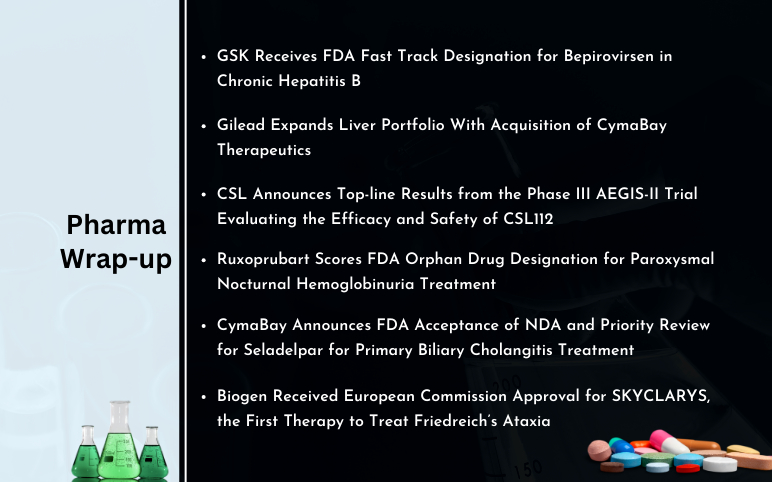Table of Contents
Each country has a unique system, politics, and economy. Different policies are designed to suit people of different countries. Same goes with the Healthcare industry. Healthcare is financed either through government voluntary or compulsory insurances or via private corporations and NGOs.
Industrialised and more developed countries like US and UK spend more on the Healthcare industry as compared to less developed ones. In general, developed countries tend to provide universal health coverage to financially protect their citizens against the cost of illness, whereas in many other underdeveloped countries many others live without proper access to necessary health facilities. According to data released by Organization for Economic Co-operation and Development (OECD) in 2017, the U.S. spends the most on the healthcare around USD 10,000 per person amounting to 17.2% of the GDP. Switzerland and Luxemburg closely following behind with USD 8,009 and USD 7,048 per capita respectively. When it comes to the UK, it spends USD 3,254.8 per person constituting 9.7% of the GDP on healthcare.
Gene Therapy
The science of GENE THERAPY has now started delivering potential results. The gradual emergence of Gene therapy as a viable treatment option has resulted in high expectations. The advancements in targeting the cells and delivering the required genes have offered treatment for a wide range of disorders like cancer, cystic fibrosis, heart disease, diabetes, haemophilia and AIDS, and for many others, hundreds of clinical trials are undergoing. Do not worry if you are suffering from any rare kind of genetic disorder. Because Gene Therapy is a reality now.
Novartis’s Zolgensma, previously known as avXS-101, a single dose treatment for Spinal Muscular Atrophy, Kite Pharma’s Yescarta, a gene therapy to modify body’s own cells to target cancer, GlaxoSmithKline’s Strimvelis, against adenosine deaminase deficiency, or ADA-SCID, which disables the immune system, hence the name “Bubble Boy Disease” was the first approved gene therapy in the UK, Novartis’s Kymriah is a treatment to use the body’s own T-cells to fight tumours, is the first gene therapy approved in U.S. , UniQure’s Glybera a treatment designed to reverse lipoprotein lipase deficiency (LPLD) which results in severe pancreatitis are some of the approved Gene therapies for various genetic disorders available in the market that have been proved highly beneficial to those affected by the diseases. Recently, a gene therapy developed by the Scientists at St. Jude Children’s Research Hospital to fight Bubble Boy Disease by replacing the mutated genes with a modified version of HIV, has shown promising results. Spark Therapeutics’s LUXTURNA, which can treat vision loss due to inherited retinal dystrophy, is the only gene therapy approved in both EU as well as the US.
So, there is a solution. But even then, many of the patients suffering from these rare genetic disorders may never benefit from the therapies because of the cost factor.
Is USD 1 Million too much?
High cost associated with Gene Therapies has always tainted the healthcare system. Even if such therapies do prove to be effective, the high expenses that come along with it have so far demotivated patients. Drug Companies in the process to commercialise their therapies have attached astronomical prices to these like Luxterna costing around USD 850,000 per patient and Kymriah around USD 475,000. The prices are so high that some of the approved gene therapies like Glybera, which costs around USD 1 million per patient, have already been discontinued due to the lack of market, as only one patient has ever been treated since 2012. The future of other Gene therapies is staggering as well. Strimvelis with a price tag of USD 70,000, has failed to attract patients and the company now has decided to sell off its rare disease unit. Yescarta, priced at USD 373,000, so far has treated the largest population of 75,00 per year.
And the Debate goes on
There is no denying that Gene Therapy is poised to revolutionise the way the rare genetic disorders get treated. But the high prices of these therapies have dispirited the patients. This has established a link between the price of the gene therapy and the estimated number of patients treated with it. Even after high success rates, the Gene Therapy market is going downhill. However, Gene Therapy prices are not just governed by the Demand and Supply chain. The cost of manufacturing different Gene therapy products which are tailored to cater to the needs of the patients vary widely. The whole process to synthesise viral vectors is tedious, and the companies don’t generate any revenue out of it. Even the costs of submitting for the approvals constitute a significant amount. And at some stage, the Biotech giants would want to compensate for their shelled-out pennies.
According to the Pharma giant Novartis, Gene Therapy offers a one-off cure for ungovernable diseases. As these will be administered only once, one could avert life long medical bills and add up to quality living. Novartis even promises to charge patients only when its Kymriah has worked wonders within a month. For example, the kidney transplant- one-shot cure, will cost much lesser than life long dialysis treatments.
Society and Biotech companies must come to an agreement
A perfect balance is must between the biotech giants and the society to boil down to the issue of costs. Only then the companies will stay enthusiastic enough to provide with the much-needed cures for the diseases. There should b a model which can benefit both the Companies and the patient. PAY-FOR-PERFORMANCE can be considered a viable option s opted by Novartis already. No matter how it is parsed, the FDA is already regulating its policies to favour patients more. Even the individual government promises to expedite its healthcare and insurance policies to benefit its citizen.









-Agonist.png)


